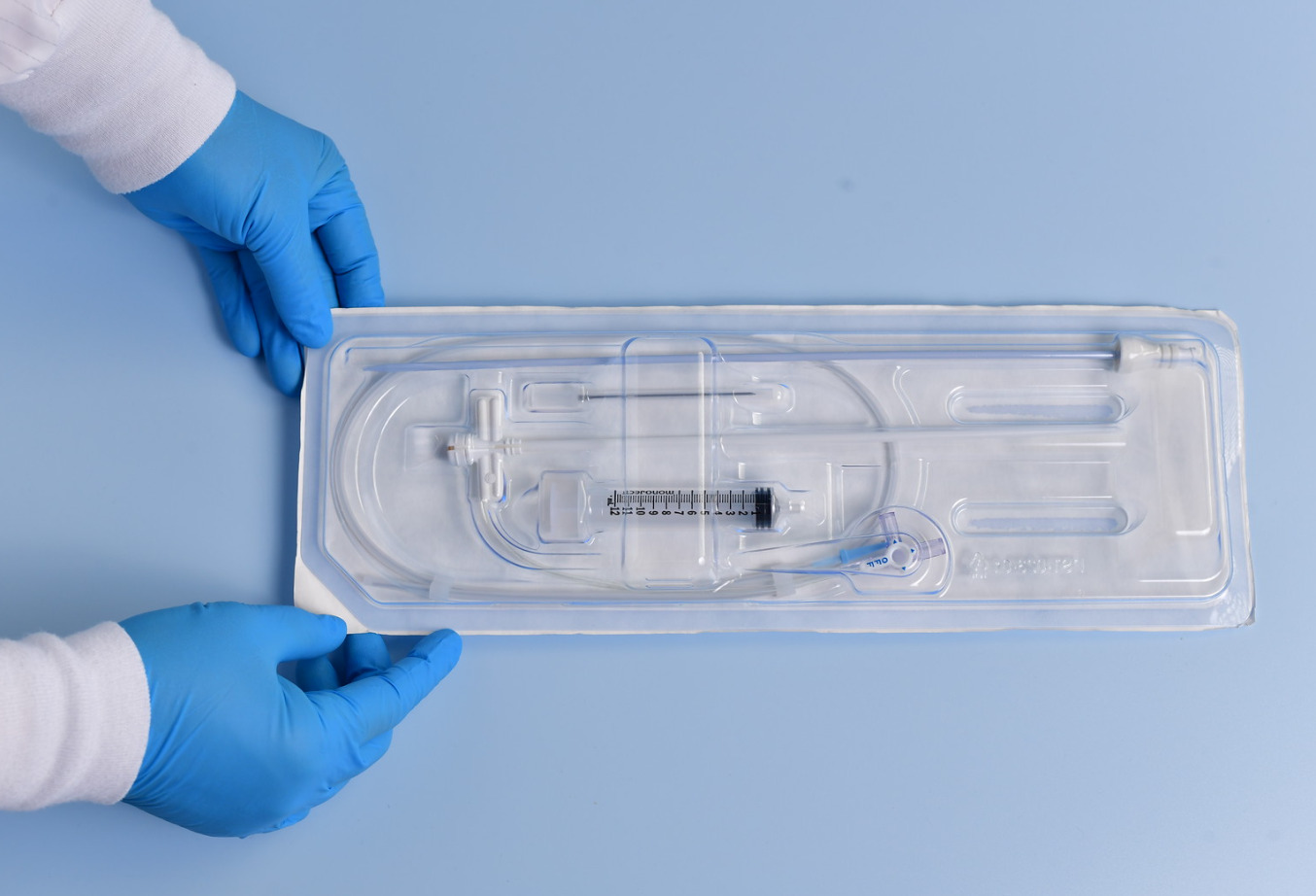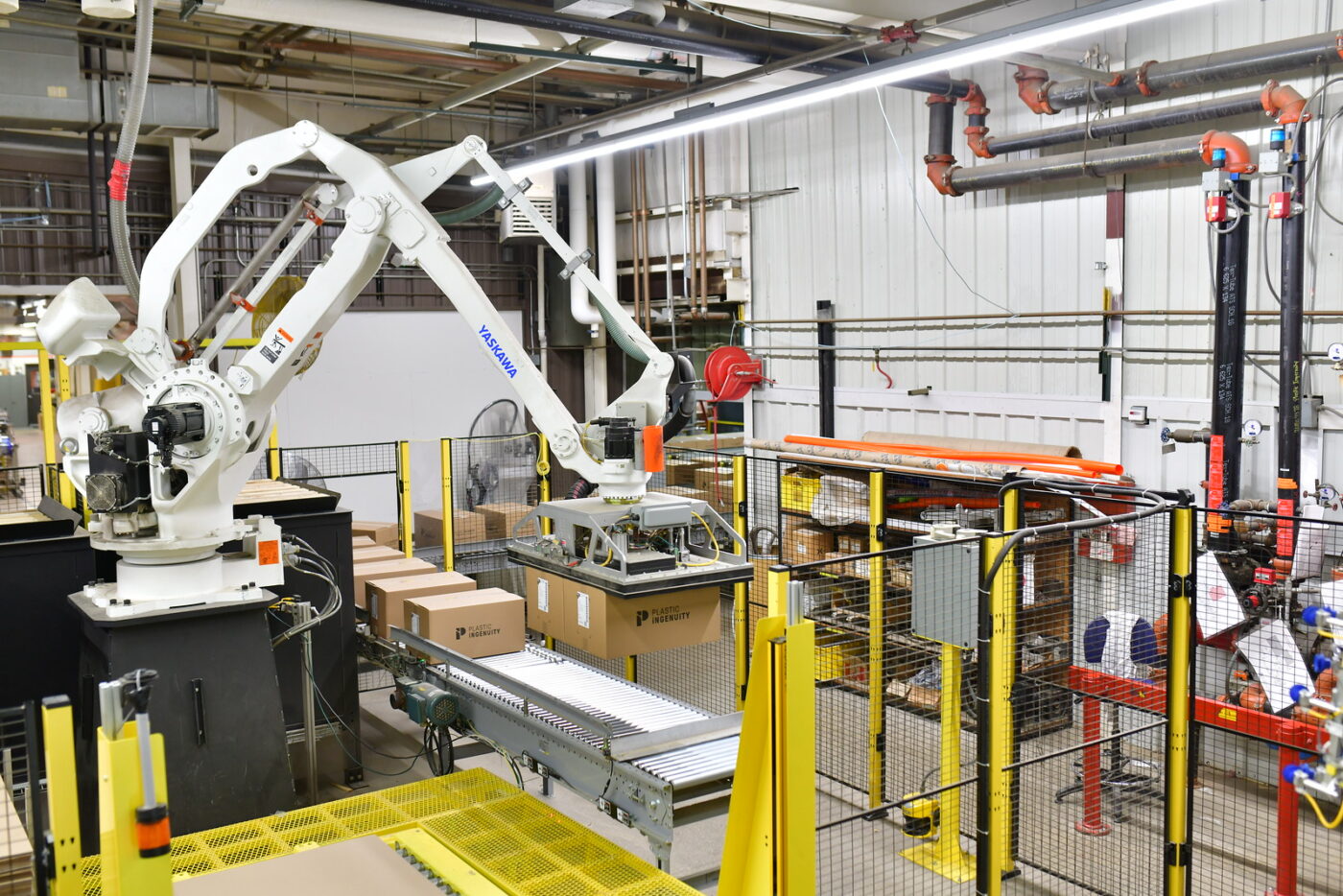
Medical device packaging requirements in the U.S. are rigorous. And it makes…


Across industries, manufacturers are ramping up production operations to meet growing customer demand. As product output increases, packaging processes must also be streamlined for optimal efficiency. To keep up with these demands while remaining cost efficient, manufacturers are increasingly turning to automated systems integration for high volume production runs.
In the packaging industry custom automation solutions are at the heart of the production process and supply chain. Much like the packages themselves, packaging automation equipment is rarely a “one size fits all” scenario.
We’ve outlined some common mistakes to avoid when automating the packaging equipment at your brand’s facility.
1. Not Matching the Needs of the Facility:
Every facility has a unique combination of equipment, processes, and leadership styles; many operate entire proprietary systems.
Therefore, it’s critical that an automation solution is designed with your specific facility in mind. To ensure you install an efficient, reliable automation system, packaging solution engineers should meet with everyone involved in the project— from owners and management to operators and maintenance teams — to outline specific automation goals and facility priorities.
Continual communication and teamwork among programmers, installers, and control experts will also help eliminate downtime and prevent costly errors.
2. Focusing Solely on Initial Costs:
One of the most common misconceptions about automation systems is that they are too expensive to design and implement.
While it’s true that there may be an initial overhead cost, custom automation systems easily deliver long-term cost savings and ROI by allowing for higher precision parts, more efficient production rates, and a reduced amount of labor.
3. Installing and Walking Away:
Today, as new technologies develop and existing ones change rapidly, an automation system is never simply complete after installation; every touchpoint of the system must be rigorously tested and verified to ensure it is performing up to standards.
Even after the system has been confirmed, routine maintenance checks, software updates, and training programs for new operators will all help to facilitate optimal performance.
Brand owners should partner with an automation solutions company committed to the continued development and improvement of the system.
4. Setting Unrealistic Expectations of Capabilities:
Since one size does not fit all, brands must manage their expectations for an automated system with respect to their specific application.
They will need to have a realistic understanding of what automation can do for their facility and set attainable benchmarks to compare existing data to desired capabilities.
The more information you have, the better you can predict and gauge the effectiveness of the automation equipment, determine what processes can be refined, and continue to improve your overall facility.
When looking to cut costs, the most effective automation systems are a result of the package designer taking into consideration the automation process that will follow in the high-volume production of the product.
Space saving design techniques, for instance, can allow for a higher packing density, thereby allowing companies to ship a greater number of parts per container and save on shipping costs. However, the automated system must strike a delicate balance, as over-packing a container can lead to downstream processing issues.
At Plastic Ingenuity, our packaging designers work alongside our automation engineers to ensure the package is designed optimally. Partnering with Plastic Ingenuity ensures that your brand is supported from the design phase to prototyping and testing to full-line production.
We have a packaging automation team of engineers dedicated to providing on-site support at our clients’ facilities before, during, and after you have a package solution designed perfectly for you. We’ve done this before, for brands you routinely interact with throughout your day. Take a look at one of our automation parts in action here.
To better explain the value in automation systems, please contact us to learn how Plastic Ingenuity can be a partner you can rely on.
